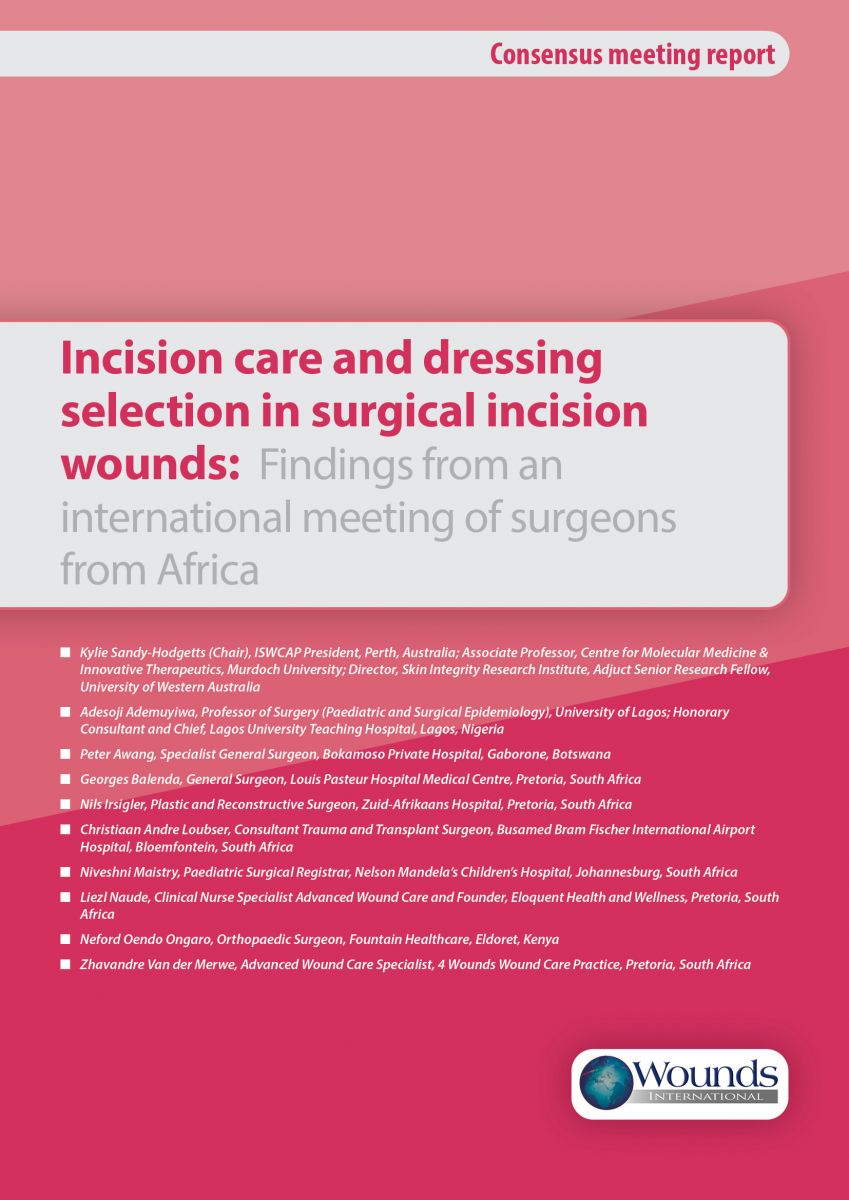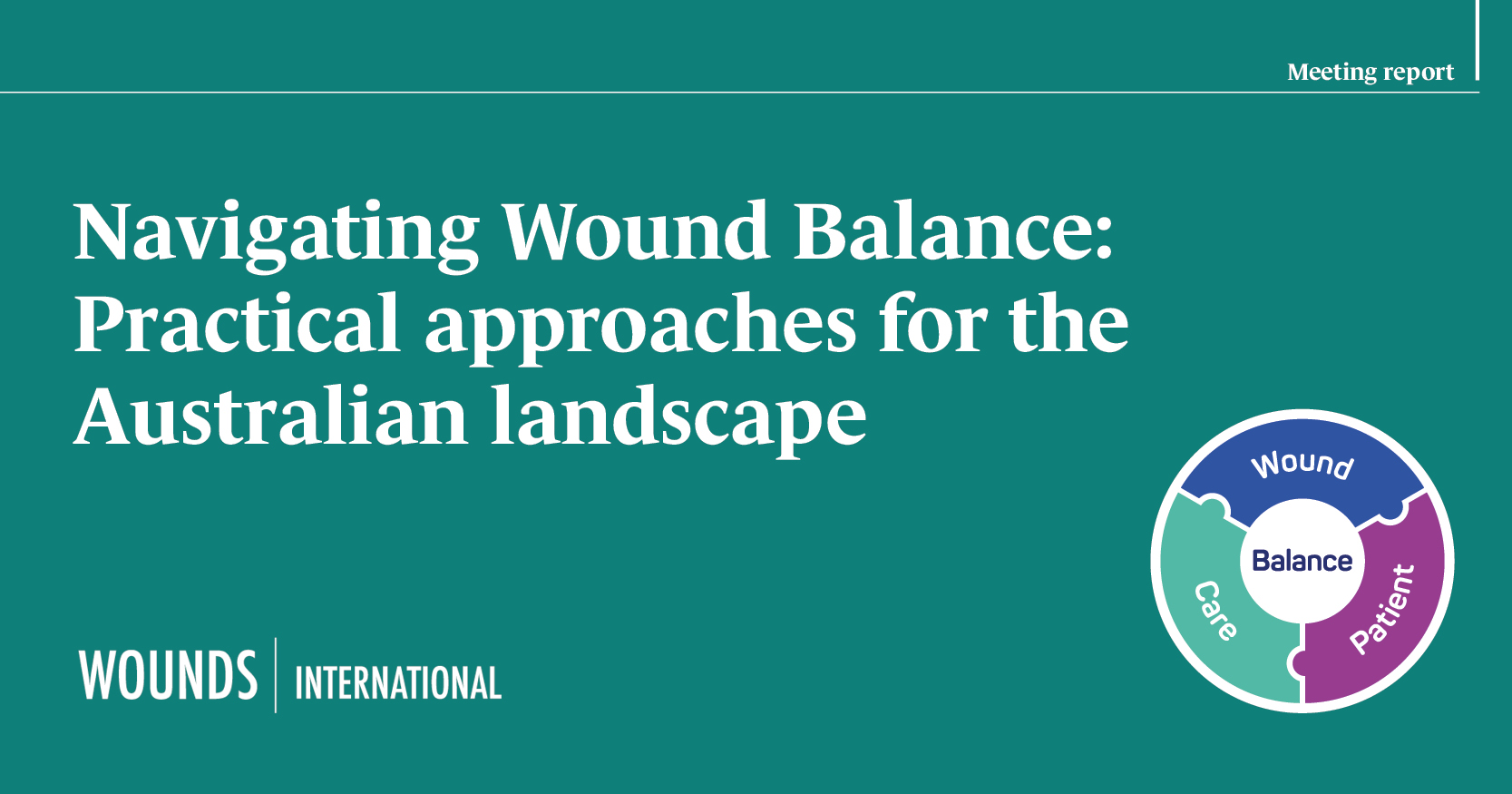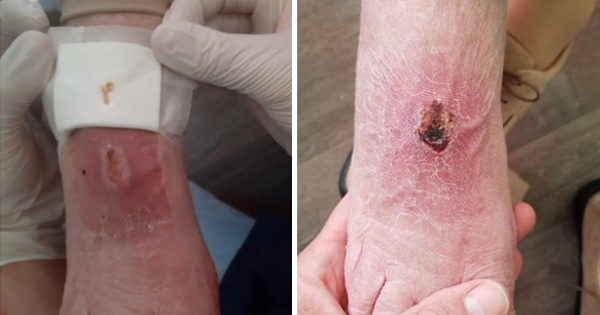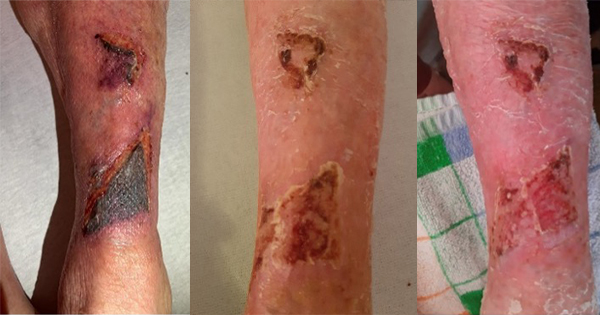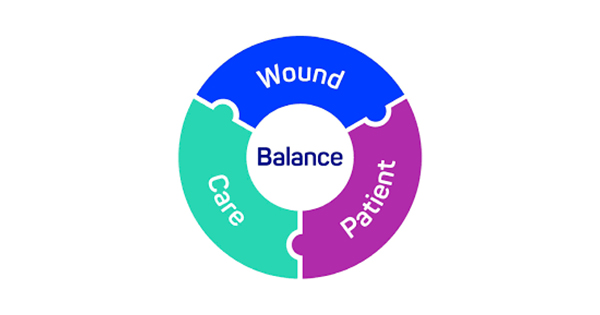Surgical wound complications such as surgical site infection (SSI) and surgical wound dehiscence (SWD) represent a considerable issue in global healthcare, resulting in increased risk of morbidity and mortality (Allegranzi et al, 2011; Rickard et al, 2020; Sandy-Hodgetts et al, 2022). Although this is a global issue, low- and middle-resource countries (LMICs) tend to be disproportionately affected (Sandy-Hodgetts et al, 2022). Differing regions and countries, with varied patient populations and specific geographical and cultural considerations, may have different needs, which require fit-for-purpose solutions.
A panel meeting of clinical experts, including surgeons and nurses based in Africa, was convened in Johannesburg, South Africa, in August 2022, to examine post-surgical care and dressing selection for incisions closed with primary intention. The attending clinicians work across the African continent and represented a range of surgical disciplines, united by a passion for wound care and improving patient outcomes.
The panel discussed the recommendations of a 2019 international report on post-incision care (Morgan-Jones et al, 2019) and how they align with local practice. The African surgical panel builds on work by other international surgical panels [Box 1], with the same following aims:
- To clarify local views on post-surgical care and dressing selection for clean surgical incisions closed with primary intention
- To discuss and reach consensus on recommendations for local practice in key areas of optimisation for wound healing
pre-, peri- and post-operatively - To discuss and agree on the properties of
the ‘ideal’ dressing in managing post-surgical incisions. - The African panel also developed the additional following aims:
- To discuss practical and educational needs for both individuals and communities to improve patient outcomes
- To discuss specific geographical and cultural needs, and care of the surgical patient in LMICs.
Post-surgical wound care
During the meeting, regional variations were discussed in clinical management of incisional wounds. It was observed that the degree of the incisional wound complication is often related to the type or class of surgery, as per the Centres for Disease Control (CDC) classification (2016). During surgery, the surgical wound can be categorised depending on the degree of contamination [Box 2]. The panel discussion focussed on clean incisional sites that are closed by primary intention, while acknowledging surgical incisional management may vary due to the degree of contamination of the operating site.
However, it is important to note that, in some regions and healthcare settings, patients may be likely to present later and have wounds that are more complicated. Therefore, some of the dressing guidelines may be aimed at patients in the ‘ideal’ circumstances and will not always be possible in practice.
Patient safety and wellbeing should always be of paramount importance. Before making any intervention, it is important to ask: ‘is this going to help the patient?’
Focus on best practice in surgical wounds
It was agreed that global awareness is needed around best practice in surgical wounds, with a focus on the prevention of complications and improving patient outcomes. There can be a general tendency only to consider wounds when something goes ‘wrong’, or complications develop, whereas prevention strategies could stop complications from developing and improve outcomes. It is important that all surgeons, and related healthcare professionals (HCPs) involved with caring for surgical wounds, have protocols in place for post-surgical wound care and dressing selection.
Undisturbed wound healing
Leaving the dressing in place for as long as possible – known as undisturbed wound healing (UWH) – can prevent wound disturbance and facilitate wound healing (Berg et al, 2019). Reduced dressing changes, unless otherwise clinical indicated, may also prevent waste of resources and inefficient use of dressings (Muath Adi et al, 2022).
The expert group agreed that a focus on UWH can unify and simplify the dressing change process and improve wound healing where clinically indicated. UWH allows the wound to heal and reduces irritation and compromise to periwound skin integrity. The consensus among the expert panel was that ‘less is more’ when it comes to dressing changes; leaving the incision site undisturbed and the dressing in situ for as long as possible was considered ideal by the panel. It was agreed, where clinically indicated, the longer the dressing is in situ, the better the outcome may be, due to continual stabilisation of the wound bed and reduced risk of contamination often associated with frequent dressing changes.
UWH can be affected by a patient’s activity levels post-surgery, when the surgical site is at risk for shear forces resulting in a seroma or haematoma formation.
It was agreed by the panel that, for healing by secondary intention, contaminated wounds, or wounds caused by trauma or containing a foreign body, the wound may need to be monitored more often than clean incisional sites. This may require frequent dressing changes as part of nursing interventions for assessment, cleaning, and reassessing the goal of care. Other reasons to change a wound dressing more frequently are fluid leakage, excessive bleeding, strikethrough or dressing saturation (Morgan-Jones et al, 2019). Potential reasons that dressing change is necessary (or preferred) include (Muath Adi et al, 2022):
- Suspected local/systemic infection (e.g. local wound pain, redness, swelling)
- Potential dehiscence or wound edge deterioration
- Loss of adherence of the dressing (i.e. the dressing is peeling off).
Dressing selection
The panel agreed, whenever possible, a dressing should be selected that facilitates UWH where clinically indicated. The dressing should also be selected based on the patient’s individual needs and to suit their lifestyle and environment.
The first international consensus reported six key requirements of an ‘ideal’ dressing in managing post-surgical incisions (Morgan-Jones et al, 2019). The Asia-Pacific and Northern European panels included addition requirements for patient comfort and usage (Morgan-Jones et al, 2021a; 2021b). The Eastern European panel added a seventh dressing requirement – transparency – to allow the incision to be visualised (Morgan-Jones et al, 2022). The Middle East panel discussed three new characteristics – to reduce the risk of complications (e.g. infection and dehiscence), for the dressing to be cost-effective, and for the dressing to be transparent to allow visualisation of the incision site.
The overall list of ‘ideal’ dressing qualities discussed by the panels is as follows:
- Flexible (not impede the patient’s movement) to avoid pulling the skin or blistering (e.g. particularly over joints)
- Well-fixed to the skin on application once the skin is dry after being disinfected and remains adhered if there is sweating
- High absorption capability to retain and lock in fluid
- Protective of the surrounding skin to reduce the risk of blistering or irritation and provide patient comfort, with minimal discomfort or pain during dressing removal
- Waterproof to provide a good seal/barrier function and enable the patient to shower
- Eliminate dead space between the wound bed and wound dressing where necessary to avoid exudate pooling and contamination.
Additionally, the African panel suggested that the dressing should be as small as possible while being suitable for the size of the patient’s incision length and width; if a large dressing is put over a wound, the patient may assume their wound is relatively large in size and may be more anxious than necessary about their wound.
There was some debate within the panel as to whether there is a benefit to the wound being visible (i.e. through the use of transparent dressings). For some patients, this may be useful; however, some patients may become more anxious if they are able to see the wound. The overall experience of the panel suggested that most patients do not want to be able to see their wound. A proposed solution is for the surgical team to capture an image of the incision site before the dressing is applied, which can then be shown to the patient if they prefer. It was expressed anecdotally in practice, patient anxiety may be reduced over concerns of the cosmesis of the incision site itself.
The panel discussed some of the issues regarding cost and availability of advanced wound dressings in different countries across Africa. Primarily these issues are related to supply chain, logistics, procurement and access, and therefore mean use of the ‘ideal’ dressing may not be possible in some areas of Africa. It was clear from the panel discussions that variation depends upon on geographical area, patient population and the healthcare setting, including within the public and private sectors. It was noted during the discussions that, in some cases of elective surgery, it may be possible to pre-agree the dressing with the patient, which can be purchased in advance of surgery and used on the day of the operation.
It is important to note that appropriate dressing selection is one component of surgical wound management and may enhance postoperative healing for the patient.
Dressing technique
The panel agreed that, as well as selecting an appropriate dressing, technique when applying and removing dressings is also important. If the dressing is applied too tightly, this may result in damage to the surrounding skin, such as blistering. Similarly, if applied incorrectly, the dressing may lift or peel off the periwound skin.
Incorrect dressing application and removal techniques can result in medical adhesive-related skin injury (MARSI; McNichol and Bianchi, 2016). The occurrence of MARSI can be distressing for the patient, cause increased pain, and result in further complications and costs (McNichol and Bianchi, 2016).
It is vital that the dressing does not cause unnecessary pain to the patient at any point. Pain is an important consideration, affecting patient wellbeing. If necessary, adhesive removers should be used. Skin bed preparation (e.g. clipping a hairy area of skin) is crucial to ensure proper adhesion and seal of the dressing. Pain management for dressing changes was also discussed by the panel and it was agreed that, for patients with complex wounds, anaesthesia or sedation may be required at dressing change depending upon the patient’s circumstances and severity of the wound complication.
Adhesion of the dressing is an important consideration, more so in some geographical locations, as climate can be a factor. In hot or humid climates, the dressing needs to be able to remain in situ without causing maceration. Additionally, in rural areas where the patient may not have easy access to seeing an HCP, the dressing needs to adhere well to ensure it stays on. Moisture vapour transmission rate (MVTR) is an important measure of the passage of moisture vapour through the dressing. MVTR is a measure of dressing permeability, which ultimately decreases the appearance of maceration, and prolonged dressing adhesiveness.
It is important to pay attention to the patient’s skin care before applying any dressing. The skin should always be cleansed and thoroughly dried before applying the dressing, especially in the case of silicone adhesives.
Managing infection risk
The importance of reducing infection risk in wound care is well known among HCPs. In some healthcare settings and geographical areas, there may be additional factors that make infection control particularly relevant.
As well as the patient, it is important to protect the HCP, particularly in the case of highly infectious diseases such as Ebola. In some areas, availability of HCPs may be limited, so are seeing a large number of patients dealing with a wide variety of health issues. Therefore, good infection control practices are vital to community health.
Communication and engagementThe panel emphasised the importance of patient communication, collaboration and education. Patients may be anxious about their wound and need reassurance.
Myths may need to be dispelled regarding the patient’s wound and dressing, such as patients believing that the wound ‘needs air’ and should not be covered. It is important to educate patients that the dressing is protecting their wound; any time the wound is uncovered, it is at increased risk of contamination.
It is vital to establish the patient’s capacity and willingness to be involved in their own care, and to communicate with the patient accordingly. If possible, it is better that the patient can understand the rationale for their treatment, and why particular dressings or treatments are being used, to engage them with their treatment plan. This has the potential to radically improve patient outcomes.
Effective communication is key. HCPs should engage with active listening and reflecting, facilitating genuine dialogue with the patient and not making assumptions about their capacity or understanding. All care needs to be tailored to the patient, their overall health and any comorbidities, and lifestyle and psychosocial factors. This may vary depending on the individual patient, the healthcare setting and the geographical area.
It is also important to set the patient’s expectations realistically, ensuring that they know what to expect during the wound healing process. The patient should be informed about ‘red flags’ that require assistance, and know how to contact their HCP for support, such as increased pain, high volumes of blood or exudate, erythema to the periwound skin, or feeling unwell.
The patient’s perspective is important and should be considered at all times. There are aspects that may be overlooked by HCPs but are significant for patients, such as odour, pain and cosmesis.
The importance of community-based care
Care of the patient’s wound after discharge from the clinical setting is key. In many cases, this means that self-care by the patient – or their family, carer, or other community members – may be necessary.
After discharge, the patient may return to a home environment where they may not have access to facilities such as running water or electricity, and may not have hygienic conditions. It is important that the patient is as informed and engaged as possible about caring for their wound, but it is also important to remember that they may not be in the ‘ideal’ environment. The post-discharge plan needs to be realistic and tailored to the individual patient.
The panel agreed that developing a therapeutic relationship and understanding the patient’s home environment, including their immediate and extended family, is conducive to education and providing support for postoperative wound care.
The panel agreed that basic education on wound care and hygiene should be emphasised. The World Health Organization’s guidelines on ‘Hand Hygiene in Health Care’ should be followed as much as possible, while acknowledging that optimum conditions may not always be possible (WHO, 2009). Many patients have access to smartphones, so education around hygiene and wound care delivered via links in this way may be useful for patients, both in local and remote communities.
The panel agreed that a holistic approach is needed that encompasses families, carers and other members of their communities, such as traditional healers, who may have a significant impact on the patient’s attitudes and beliefs around their wound. Working within communities is key.
Cultural considerations
The panel discussed the importance of respect being given to the patient’s individual cultural beliefs, and that care is tailored appropriately where necessary. In some cultures, there may be mistrust of ‘mainstream’ medicine; therefore, it is necessary to work with the patient at a level with which they are comfortable. It is important to be culturally sensitive and considerate of all patients’ belief systems. In some cases, it may be necessary to work alongside ‘traditional’ healers or other leaders within the patient’s community.
Some patients and communities may perceive wounds as being ‘cursed’ or punishment within their belief system. Some patients may see wounds as ‘dirty’ and may have many beliefs surrounding this, so it is important that clinics are clean to inspire confidence in patients. For patients to engage with their health and with HCPs, it is important to build trust within the therapeutic relationship. Some patients may be anxious, and it can make a significant difference to their engagement if all staff treat them with calmness, patience and kindness. Reducing stigma within communities, and building trust between HCPs and communities, are important aims within many cultures. This may also include the need to embrace the traditional healers within the community.
Skin tone
The panel agreed that awareness of skin tone, when conducting wound assessment and diagnosis to inform treatment pathways, may be necessary in patient care. In patients with dark skin tones, white or pale-coloured dressings may draw attention to their wound or make it appear more visible against their skin, which may be a concern for some patients. Dressings are often produced for the European market, rather than the African market; therefore, consideration may not have been given to the diversity of a patient population and the suitability of some advanced wound care dressings, their appearance and function. It is important to speak to the patient about any concerns they have and allay these concerns where possible.
It is also important to use inclusive language when discussing patients’ wounds. For example, ‘redness’ may not appear red on the skin of a patient with a dark skin tone (Dhoonmoon et al, 2021). The use of traditional wound care terms such as ‘erythema’ may not be suitable in diverse populations with differing skin tones and wound assessment may require differing diagnostic techniques, such as the use of vital signs and microbiological testing to inform treatment plans.
Conclusion
Post-incisional care can vary significantly according to factors such as geographical regions, healthcare systems, cultural considerations and individual patient considerations. While the panel discussed the original key properties of the ‘ideal’ dressing and post-surgical wound treatment protocol, and agreed on the importance of UWH, there are other considerations that are specific to the African region, and may vary depending on individual areas and patient populations.
It is important to work within communities, and in a way that is appropriate to the individual patient, in seeking to improve patient engagement and outcomes.

